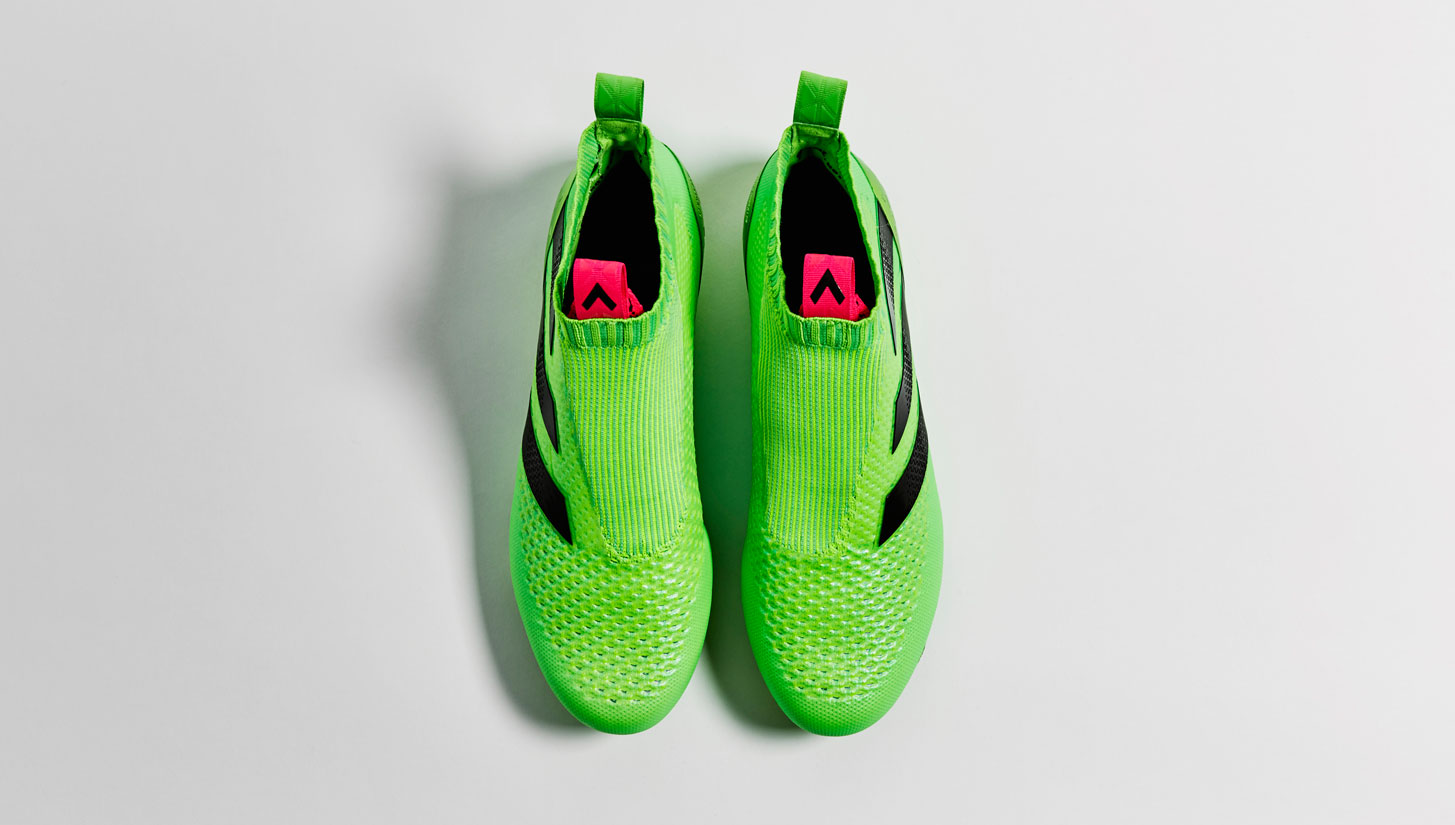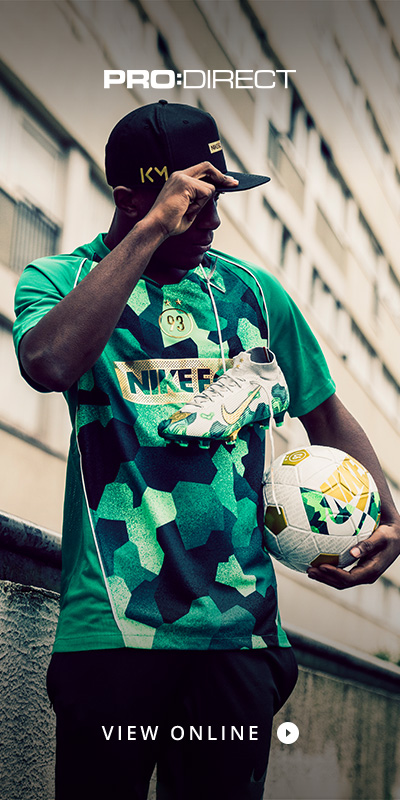As we prepare to wave goodbye to one of the most influential decades in football product we're taking a look back at the standout moments that helped define it as exactly that. A period of rapid progression in which the rules of product design were ripped up and re-written over and over.
Football, with the help of streetwear, has transitioned into a much more hyped space, while designers at the leading brands have developed technologies to deliver products that would have been unthinkable the decade before that. Ten years of immense evolution that has us thinking ahead another ten years to wonder what this game will look like on the eve of the thirties. For now though, it's all about the biggest, most hyped, and most impactful game-changers since 2010...
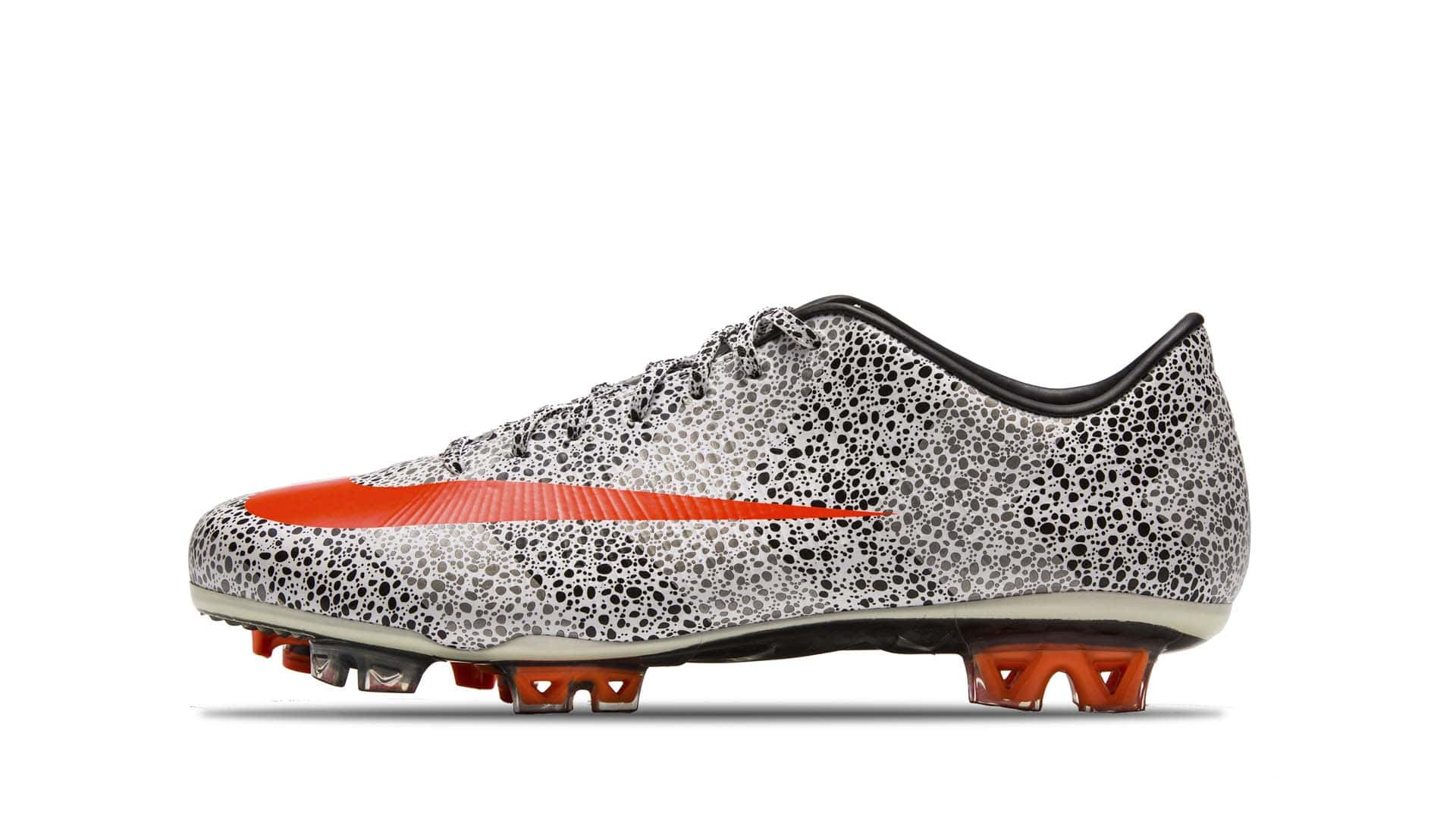
Cristiano Ronaldo's First Signature Boot
We had previously seen signature boots for star players, but 2010 opened up the decade with something special: Cristiano Ronaldo's first-ever signature boot. Debuting on pitch in the Madrid derby in November 2010, the unmistakable safari print was incorporated in the design to show off the combination of his lightning speed with his effortless style. And Nike didn't look back from there. What followed throughout the 10s was a signature line that is unrivalled in history: 28 boots in just under 10 years. From the sublime to the... well, less so, the collection told the Portuguese legend's story, honoured his many accomplishments, and celebrated his status as the greatest Nike athlete to ever play the game. But it all started with that first release back at the beginning of the decade.
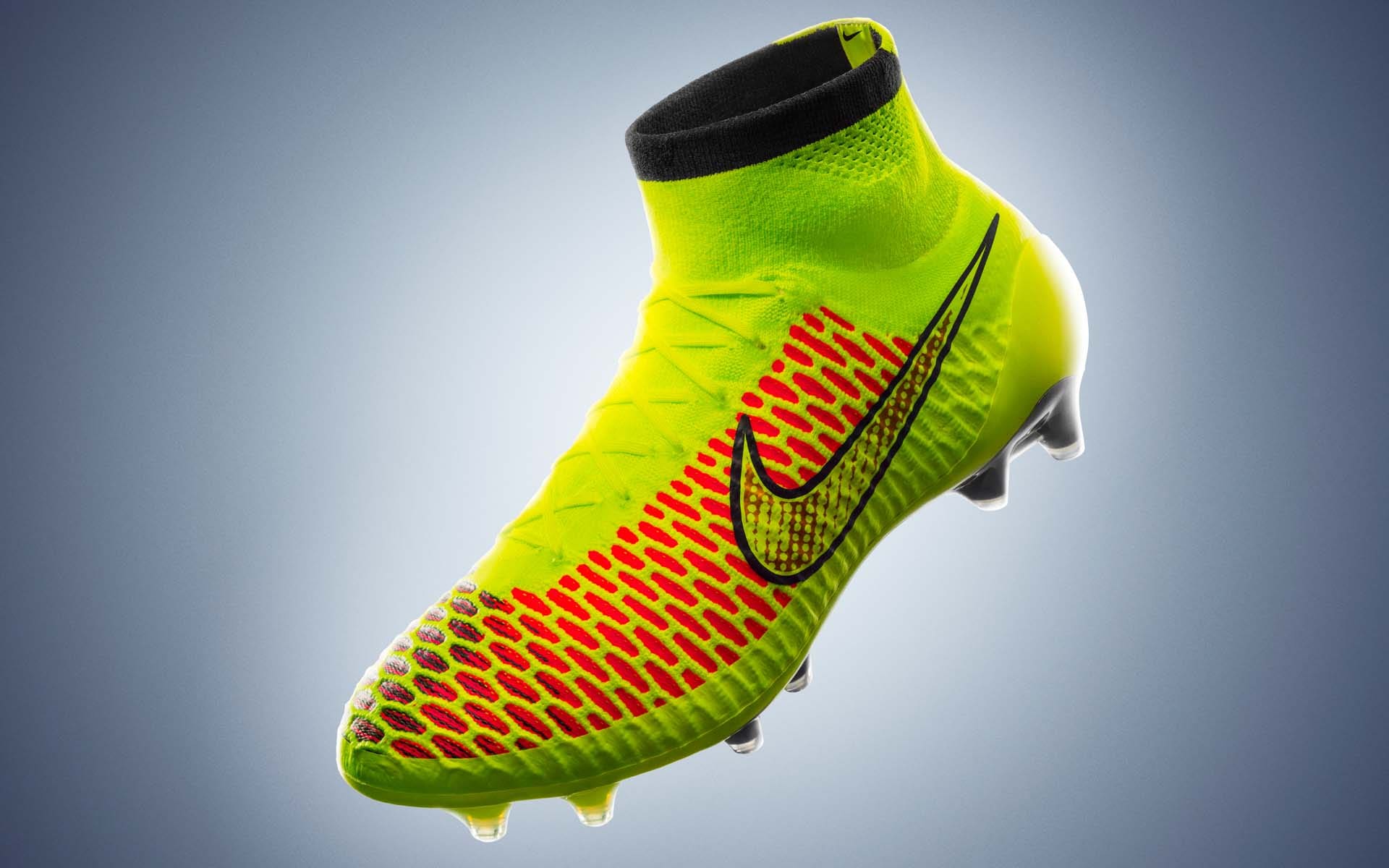
Knitted/Collared Uppers
While pre-millennium was all about leather, and the 00s saw the rise of synthetics, the 10s was the decade of knit. Whether you’re talking Flyknit, Primeknit, or whatever any other brand decides to call it, the advent of knitted uppers revolutionised the boot game. The transition from leather to synthetic had already been a tough one in the preceding decade, but a knitted boot? That was a hard sell. At least it was until Mario Goetze popped up with the winning goal in the 2014 World Cup final in the Nike Magista Obra that is. Then all bets were off and the boot design game changed forever…
Designed to offer an improved fit whilst also allowing the foot to be closer to the ball for enhanced ball-feel and control, knitted uppers were brought into football from the running world and they changed the game. The introduction of knitted uppers also came hand in hand with collars. Again, what you call them depends on what brand you're referring to, be it DynamicFit for Nike, SockFit for adidas, but they all served the same purpose: to allow the foot, ankle and lower leg to work together, improving fit, comfort and control.
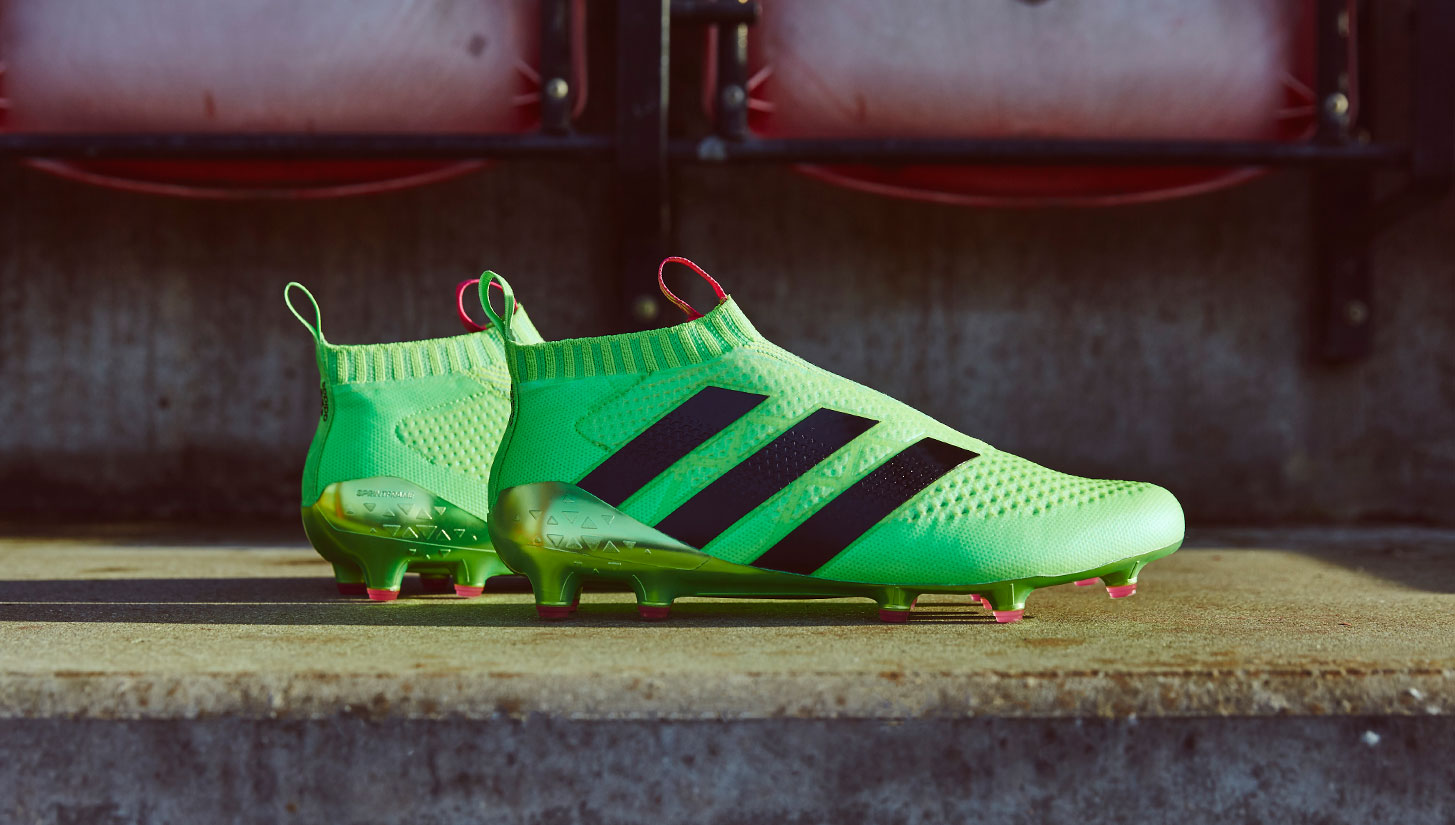
Laceless Boots
So the adidas ACE 16+ Purecontrol, released in January 2016, was not the first-ever laceless football boot. That honour goes to 2006’s Lotto Zhero Gravity – a boot that was ahead of its time in terms of design if not quite execution. But the introduction of knitted uppers gave brands the ability to have a high-performance laceless boot, and once adidas had cracked it they never looked back. What followed was every one of their current roster released in a laceless design, including the COPA, which features a leather upper rather than Primeknit. Nike are interestingly yet to follow suit, but with current designs making laces almost superfluous, as evidenced by some pros who have chosen to remove the laces themselves, you imagine it’s only a matter of time. One for the twenties perhaps?

The Reincarnation of the Predator
Much to the sadness of players worldwide, the Predator as we knew it was laid to rest in 2015 as part of adidas' ACE and X revolution. But you can never keep a good thing down, and almost three years after it was retired, the Predator was back. But this was a new beast, evolved and risen from the ashes of the ACE to take its rightful place as the king of control in the Three Stripes setup.
Over the years the predator has always been changing to meet the demands of the game, and the Predator 18+ was the latest incarnation of that ability to adapt. Gone were the laces, taking cues from the ACE; gone was a traditional leather upper; gone were any rubber elements; and gone was any sign of a tongue. All elements that purists would argue were essential parts of the Predator DNA. But they were replaced by modern technology, such as the Primeknit upper and SockFit collar, dramatically altering the silhouette of the boot. This was certainly not the Predator that we all knew and loved. This was a boot that boasted an identity of football's future. This was for a Predator for the next generation.
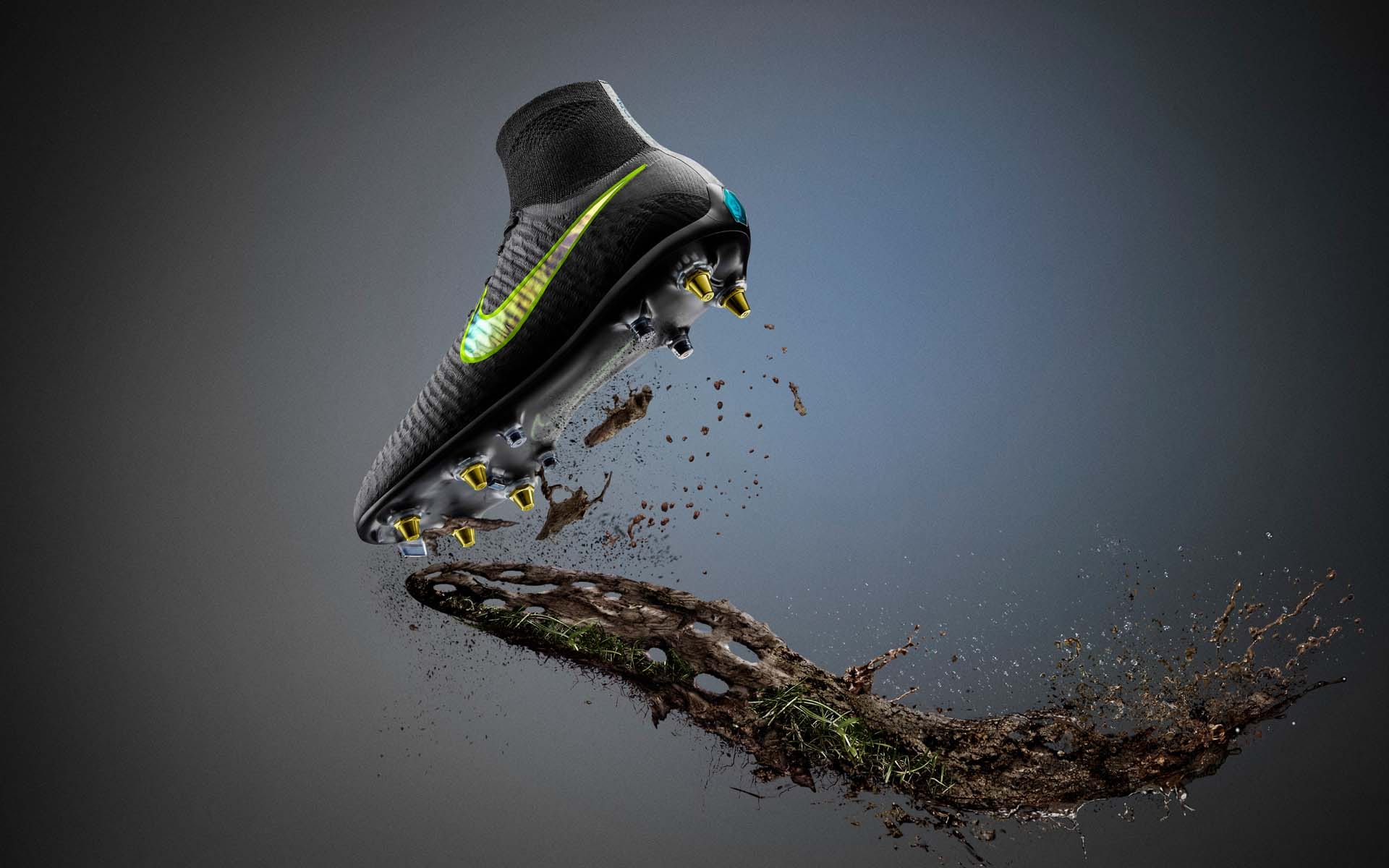
Nike Anti-Clog
Does pretty much exactly what it says on the tin, this one. Introduced in 2016, Anti-Clog was Nike’s gift to the grassroots game, for the beautiful game is not always played in beautiful conditions. Nike Anti-Clog Traction soleplates included an adaptive polymer that becomes compliant when exposed to water, which in English means that mud doesn’t stick to them. There’s a bit more science to it than that, but you can trust us when we say that it really does work. Certainly a revolution for the game, even if it’s not one that’s entirely necessary at the top level.
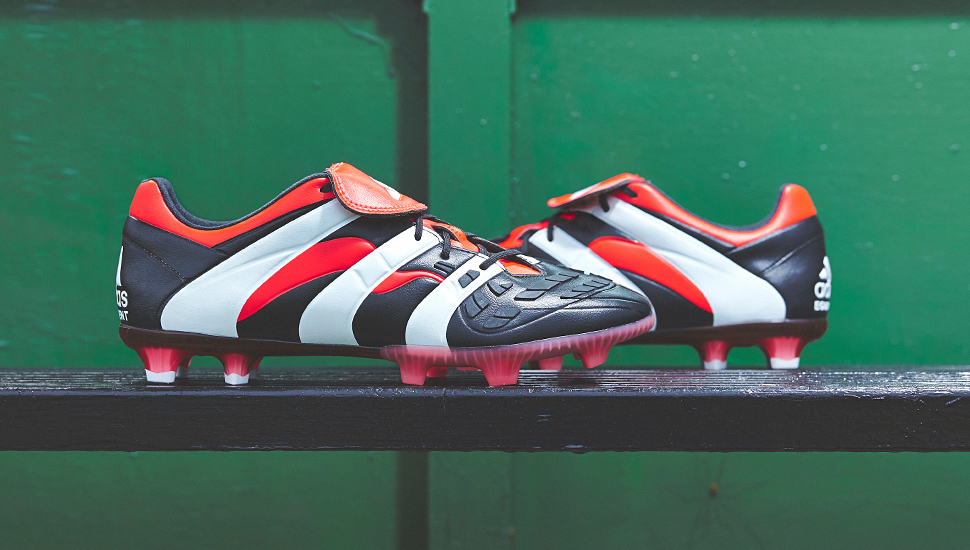
The Rise of the Re-Release
The majority of football fans love a bit of a throwback, whether that's through retro shirt designs or iconic boots; it's the levels of nostalgia that are attached to them, each able to instantly conjure memories within us. It kicked off with adidas celebrating 20 years of the original Predator in 2014. What followed was over 10 re-releases in the next five years, bringing us to the recent 25 year anniversary. Nike obviously took notice of what was coming out of Germany, and they also dipped into their vault to pull out the immensely popular T90 Laser I earlier this year for a limited release. Judging by how popular that was you can guarantee that it won't be the last time the Swoosh does something like that.
So many brands have enough in their back catalogues to keep nostalgia-hungry fans happy as we head into the new decade. It may have started in the 10s, but expect the re-release to continue to move from strength to strength in the 20s.
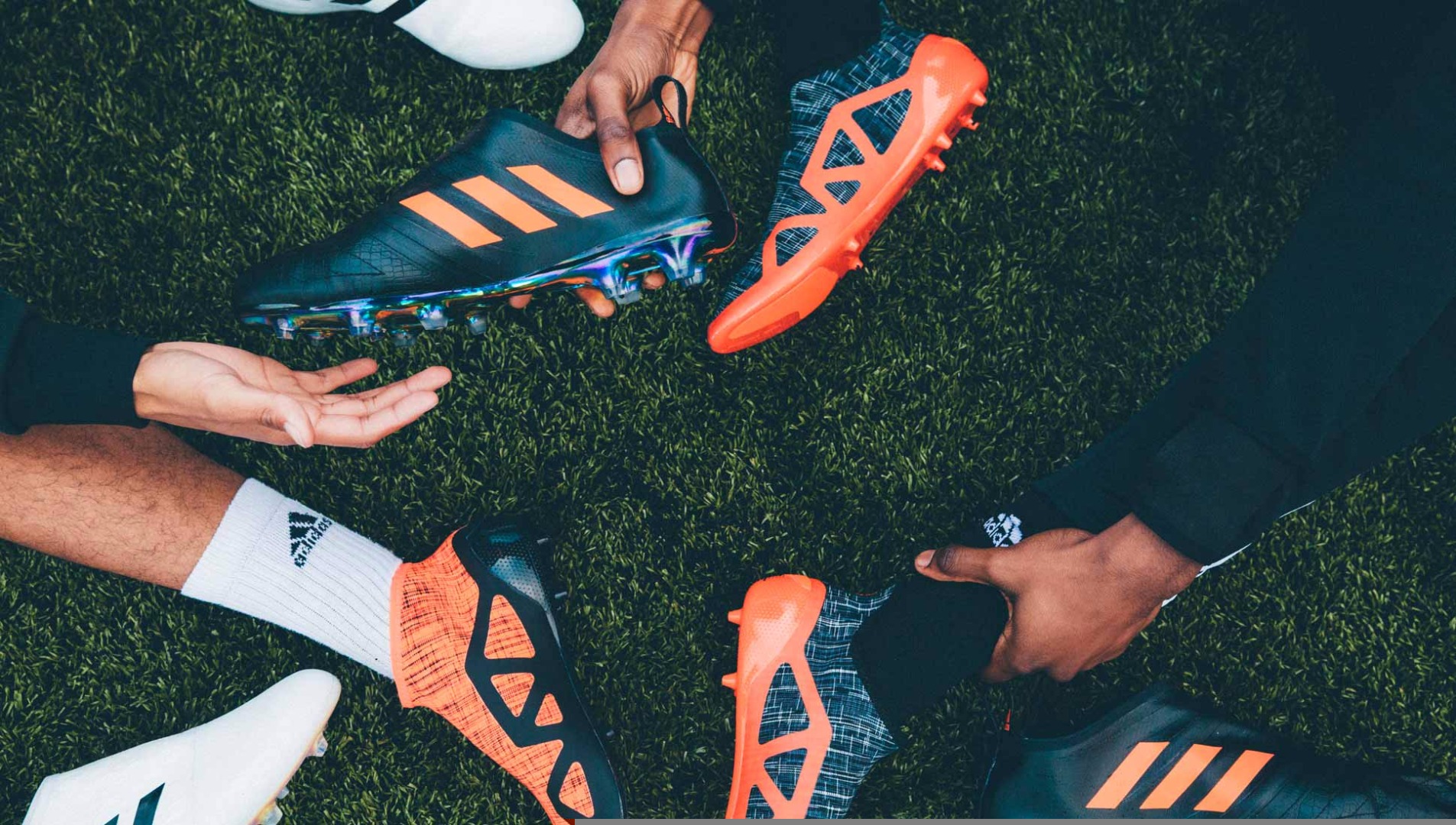
adidas GLITCH
From the original Predator 1994 to the laceless ACE Purecontrol, adidas has always been at the forefront of innovations. In 2016, they gave us their latest: the GLITCH. GLITCH was an entirely new project from adidas, created to allow players to change their style from game to game. Built with a two-piece interchangeable construction, made of an inner shoe and outer skin, GLITCH was designed to suit the modern game with a focus on adaptability. GLITCH offered the type of customisation not seen in a football boot since the ill-fated F50 Tunits from 2006.
Not just focusing on what it could offer on the pitch, GLITCH also had an eye on revolutionising the overall experience of allowing players to connect with adidas product. Incredibly exclusive, its release was inspired by tech startups that launch game-changing innovations to a narrow market – creating intense desirability from those on the sidelines – before rolling-out the product to wider markets when the time is right. It was certainly a game-changer in terms of how it was launched, but its unique system and exclusivity could also have been part of its downfall, with adidas set to pull the plug on GLITCH at the stroke of midnight on 31 December 2019. Still, it's a tech that can be advanced and improved.
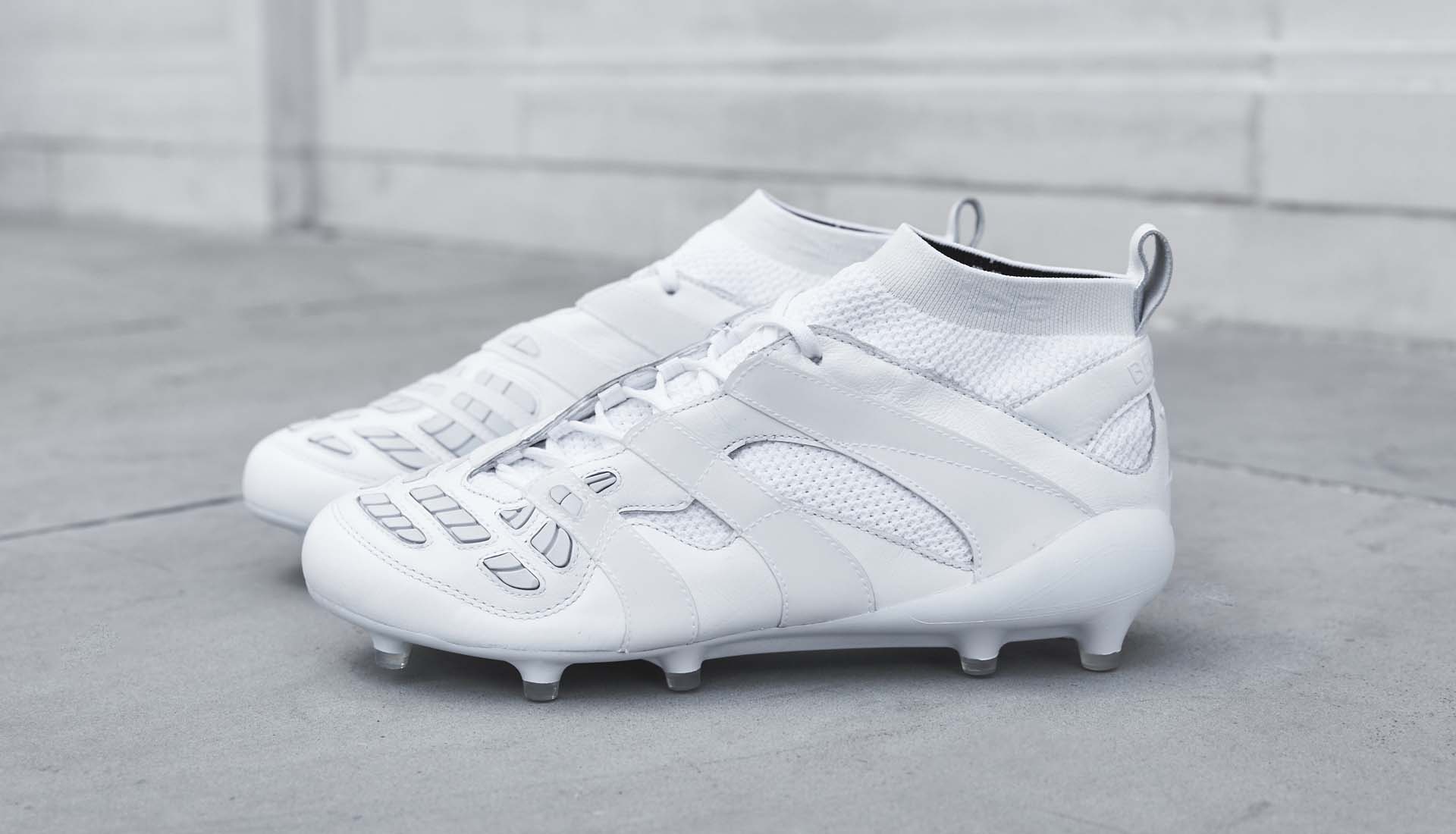
The Advance Of The Limited Edition
There was a time when a boot was simply what you played football in. Back then brands would release one or two boots a season, but those days are long gone, with new designs and colourways being released seemingly every few weeks. What that has created is a market for collectors to move into, and no collection is complete without the most prized possession: the Limited Edition.
Whether it's a re-release, a new design, or a special signature variation, the Limited Edition release has become a standard in today's market. Primed for release, consumers will have their fingers ready come the second a Limited Edition launches, with every likelihood being that they will sell out in seconds. It's a trend that has developed through the 10s, bringing the boot game in line with the sneaker market; where sneakerheads exist, now there are boot heads. These Limited Editions will never touch the green grass of a football pitch, instead taking pride of place on the mantlepiece. Don't expect this trend to stop anytime soon either, for where there is demand...
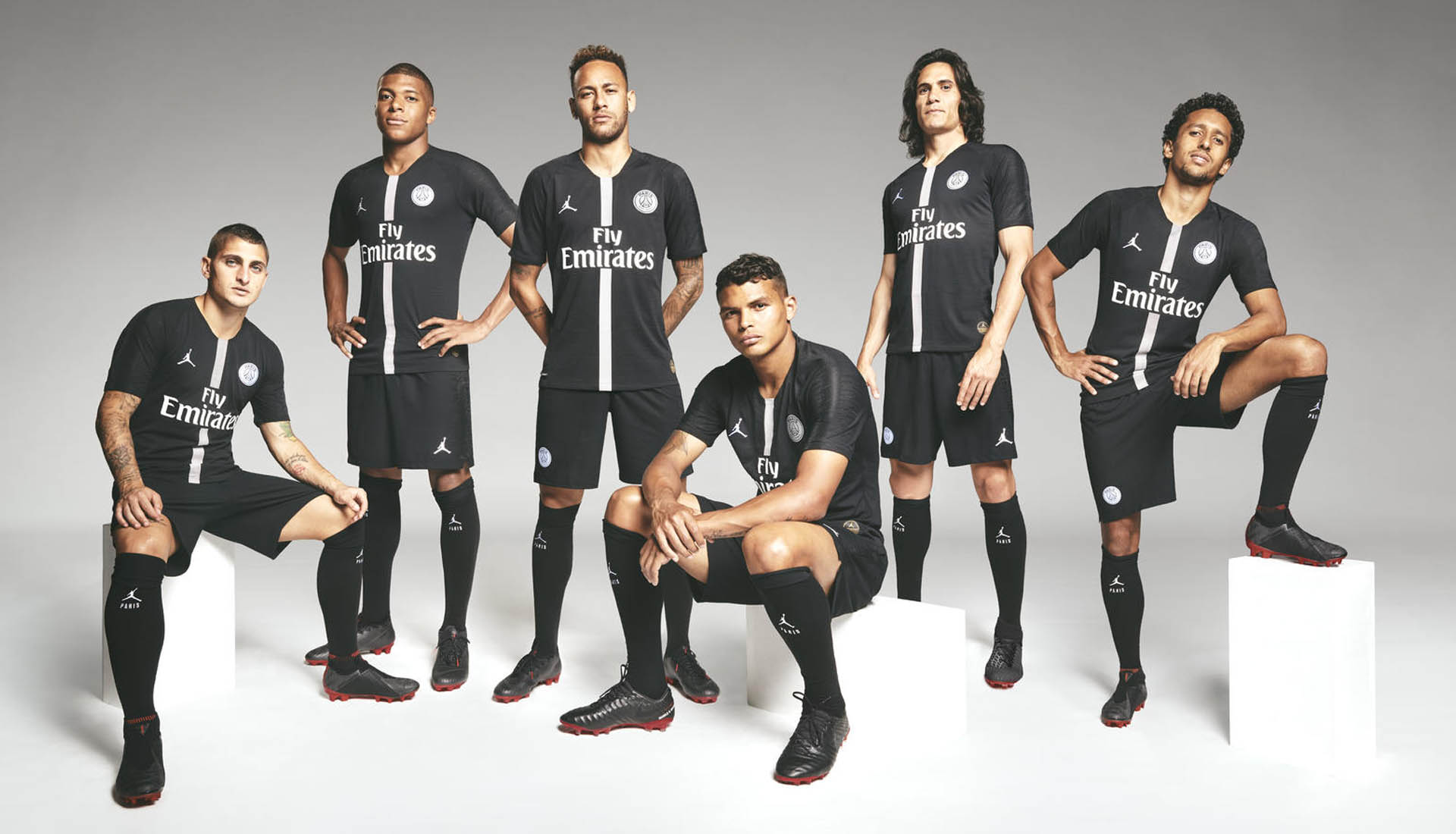
That PSG x Jordan Collab
As football continued to expand beyond the borders of the white stripes, Paris Saint-Germain became pioneering trailblazers of off-pitch collaborations, crossing cultures with style. This was seen at its absolute best with the hype-fuelled collaborative collection with Jordan, which dropped in late 2018. Not only did the launch see a football team wearing a basketball brand on pitch for the first time ever, with PSG dressed out in a special third kit for Champions League occasions, but it also brought with it a complete clothing and apparel line that was in serious demand. An inevitable follow up came the following season, with several refreshes dotted in and around, and it was only a matter of time before other clubs took notice, with Juventus joining forces with Palace for a bit of the action. Where one goes, others will inevitably follow.
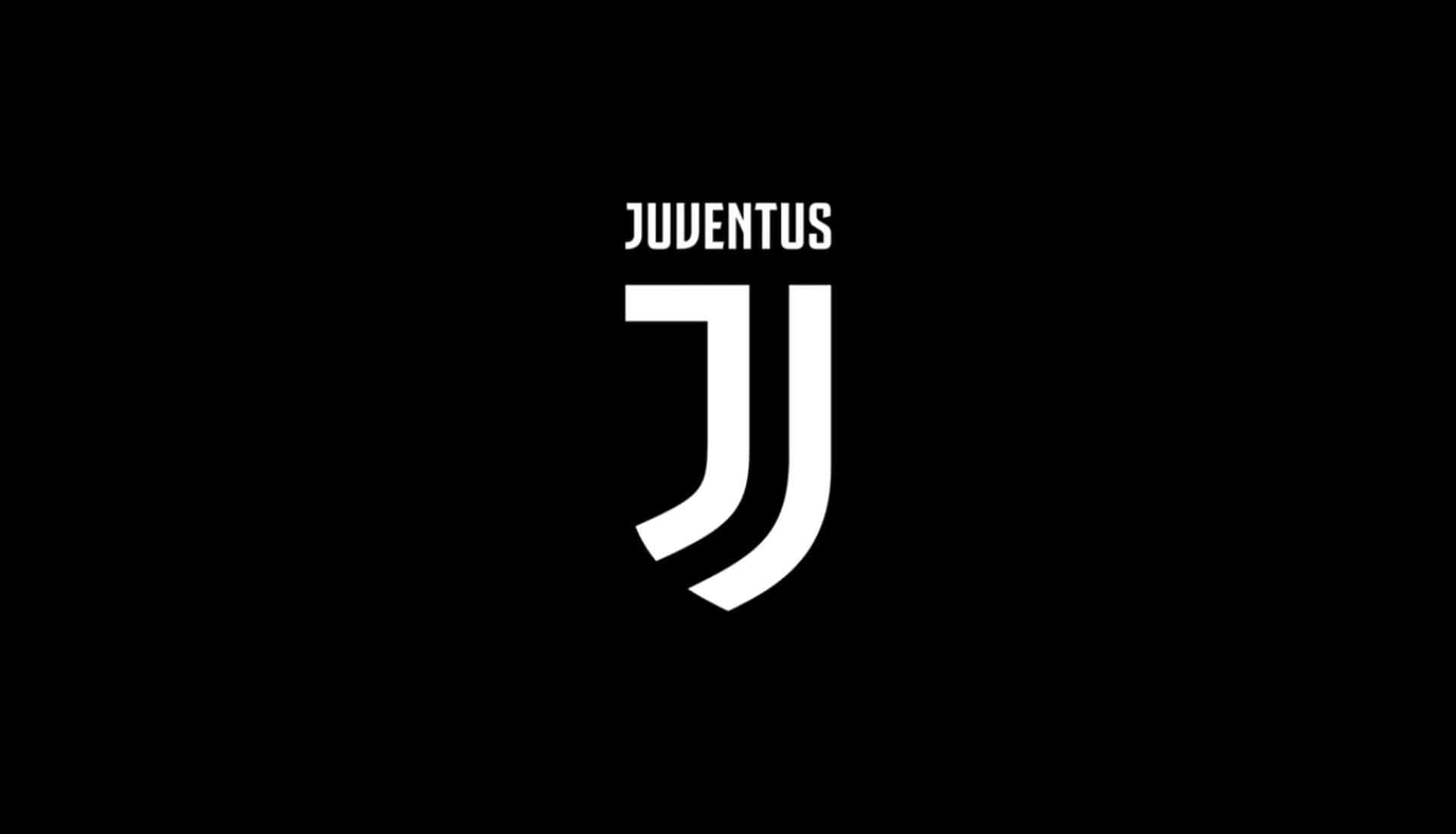
Juventus Logo Change
Initially met with fervent opposition from Bianconeri fans, Juventus unveiled their new logo in January 2017. Nothing extraordinary there, right? Teams redesign their club crests all the time. But this was so much more than a redesign for the team's kit. This was Juventus providing a new visual identity that would signal a new era. The simplistic design represented the very essence of Juventus: the distinctive stripes of the playing jersey, the Scudetto – the symbol of victory – and the iconic J for Juventus. But more than that it was a streamlined logo that would lend itself perfectly to the many platforms across which it would be used, including branching away from the confines of the pitch, as was seen with the club's collaboration with Palace recently. Although there was an initial kick back, the redesign was a masterstroke in marketing, and one that other club's should and probably will take note of in the future.
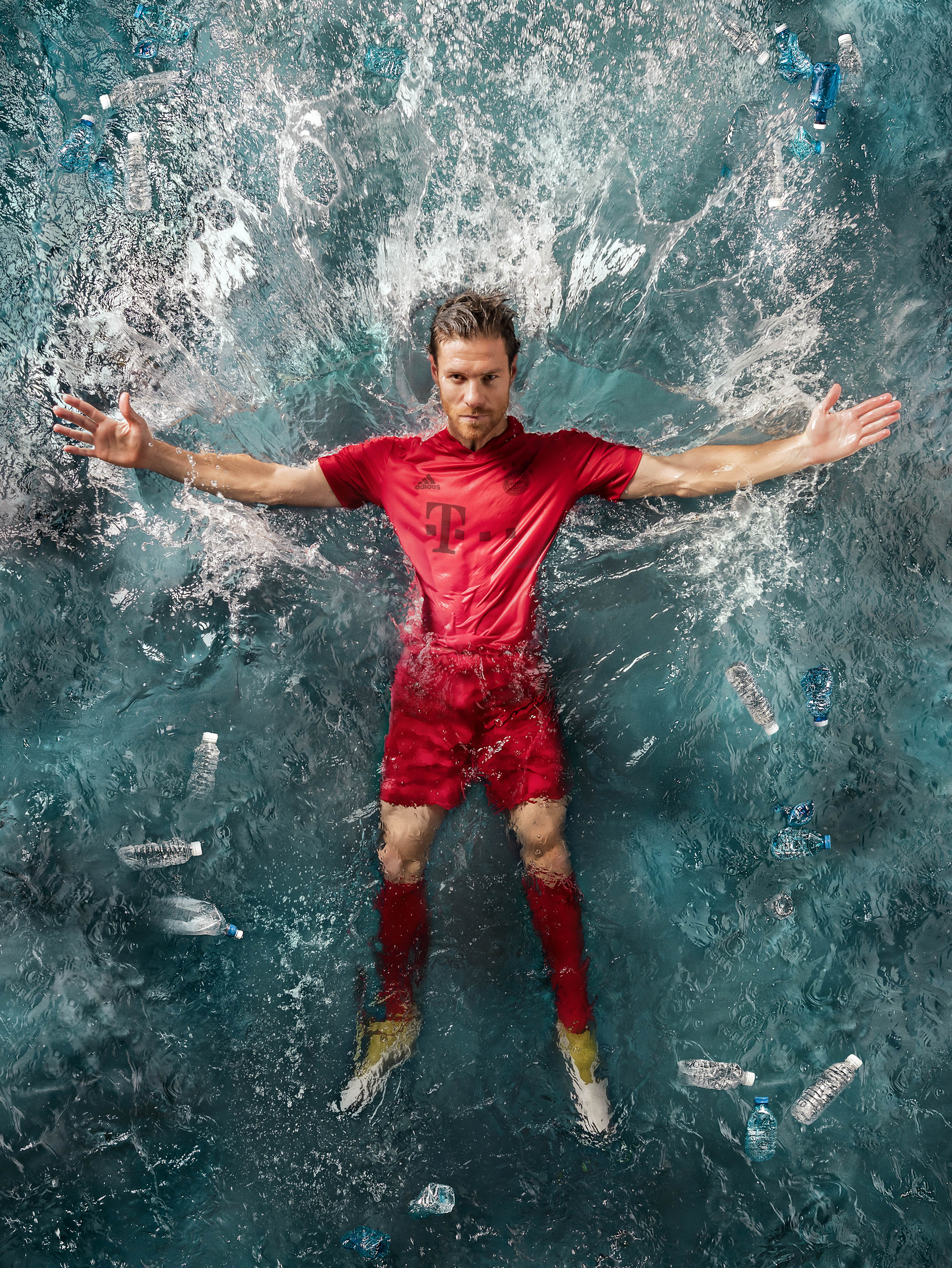
Sustainable Products
With society finally taking notice of some of the environmental issues facing the world, brands really kicked their efforts for sustainability on to another level. In 2012 Nike released the original GreenSpeed, the most environmentally-friendly production boot the company had ever made, which was constructed using renewable and recycled materials, and that was followed by the Swoosh making a move towards a zero carbon emissions and zero waste future. This included diverting more than one billion plastic bottles per year from landfills to create yarns for new jerseys and uppers for Flyknit shoes.
Not to be outdone, adidas announced the Sport Infinity programme in 2015, which offered the chance to reimagine and recycle products using an inexhaustible 3-D super-material. Under the brand’s sustainability strategy, this concept appears to have evolved somewhat to produce the FutureCraft.Loop sneaker – a 100 percent recyclable performance running shoe. It’s a commitment that the brand have made to using only recycled polyester in every product and on every application where a solution exists by 2024, and it forms part of the partnership they have had with Parley For The Oceans since 2015, where apparel is made of plastic trash collected from remote beaches and coastal communities.
Looking forward to seeing what the 20s have in store...
